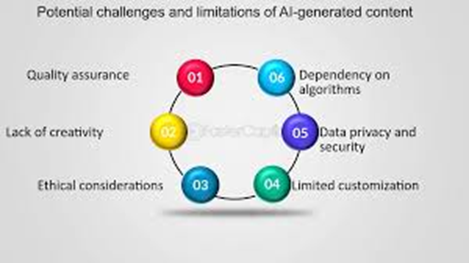Table of contents
AI and Fitness: Current Practice of AI in Fitness
Introduction
The fitness industry is having a moment right now, with the number of advancements that AI tools have introduced. AI tools introduced a booming fitness industry with numerous advancements
AI personal trainers, apps, wearables, and virtual trainers are transforming health and wellness. In this article, we will explore how AI is currently utilized in fitness, as well as its pros and cons, and how it is set to change in the future.
AI and Fitness: Current Practice of AI in Fitness

Fitness apps use AI in in various ways. Here are some:
Personalized workout protocols: Personalization is the name of the game, and AI algorithms analyze user data to create tailored exercise routines.
AI Personal Trainer: AI-driven, virtual trainers offer in-the-moment motivation and feedback.
Meal planning: AI algorithms generate meal plans for users based on their records.
Wearables: These AI wearables pursue you and your health and well-being logic
Benefits of AI in Fitness

AI in fitness: The various aspects of fitness that it aids. There are so many facets of fitness that AI helps you with:
Personalization: AI-led fitness apps and wearables can help personalize fitness plans.
Heightened motivation: Play[xx]l and other AI applications in sports or with virtual trainers can improve motivation and engagement.
Or more accurately: The AI algorithms can filter the user data much more reliably than a human trainer ever could.
Artificial intelligence, or AI, has been the buzzword of the tech world, and for good reason.
Challenges and Limitations

While using AI in fitness has pros, there are challenges and boundaries:
Data privacy and security: AI-powered fitness applications and wearables must keep any sensitive user data.
Machine learning and algorithms are unreliable or incorrect until algorithms are developed on varied data; this is critically essential.
Ethics: There should be embedded ethics within the architecture of AI-powered fitness apps and wearables.
Technical Limitations: People may not have the latest technologies that fitness apps & wearables require.
Future Trends
The future of AI in fitness is an exciting one, and several trends are starting to emerge.
— Hyper-personalization: We can expect AI-powered fitness apps and wearables to offer more personalized suggestions and coaching than ever.
AI-driven VR and AR workouts: VR and AR workouts powered by AI would become completely immersive experiences.
Enhancing AI in this domain helps to connect the dots between a full-body analysis of the entire human and gather further insights.
Mental health and well-being are coming into focus: AI-fitness applications and wearables likely emphasize mental health and wellness.
Conclusion
With thousands of innovative gadgets to help you follow a workout and lead a healthy life, all these features matter a lot, as AI is figuratively storming through the fitness industry. Even with the roadblocks and shortcomings, the piece lists a number of ways that AIs are beneficial in the fitness world.


Leave a Reply